Sneak Peek into the Bygone Muziris Heritage
It is worth reminiscing about the past once in a while. A past cloaked in grandeur and splendor, a past that speaks of the wonderful life and the most glorious history that Kerala once had, is worth a visit; or rather many visits. Muziris Heritage is what we discuss here.
Muziris Heritage was a past that vanished off the grid, only to reappear when it chose to, making it clear that history will reveal itself only when it is time. But, here we are ready to sneak a peak at what was offered to us when the rains decided to unveil the hidden treasures behind the Spice Route.
It is said that historians were on a quest to find the secret behind the historic Spice Route and the mesmerizing legacy behind it. But they failed to do it until it rained one day in Pattanam, one of the places known for its ancient history and glory.
The rains opened up the mystery behind the word’s greatest trading center and seaport in the East. Trading was in full swing here in a distant past, right from spices to precious stones and foreigners like Greeks, Romans, Dutch and Portuguese came here to do business.
It’s now time to saunter down the ladders of time and snatch glimpses of the wonder that is known as Muziris Heritage.
What caused Muziris to fall off the grid?
The Muziris heritage site comprises of a large area – from North Parur in Ernakulam district to Kodungallur taluk in Thrissur district. Until 1341, the city port of Muziris was flourishing in all its glory when the Periyar river basin had a major transformation.
Muziris Heritage, overlooking the Periyar river fell prey to the quirks of Nature and went under the river, where it lay submerged until recently. In 2007, Kerala Council for Historical Research (KCHR), conducted excavations and this gradually threw light on the famed Muziris and its treasures.
Let’s now meander along some of the major sites that comprises of Muziris heritage project.
Kottayil Kovilakam
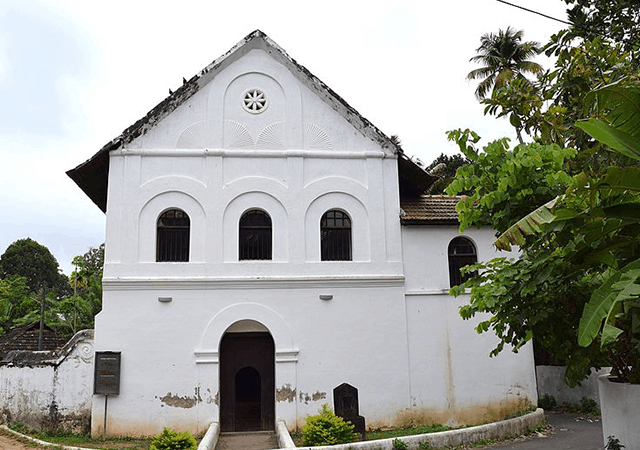
Image by Ranjithsiji via Wikimedia
Located in the Parur taluk of Ernakulam district, Kottayil Kovilakam is a quaint little village displaying the perfect example of religious harmony. It is also the spot where the Chalakudy and the Periyar rivers meet. You have a Krishna temple, church, mosque and a Jewish synagogue. It is believed that the Jesuits started a printing press here, the first ever in India.
Kottapuram Market
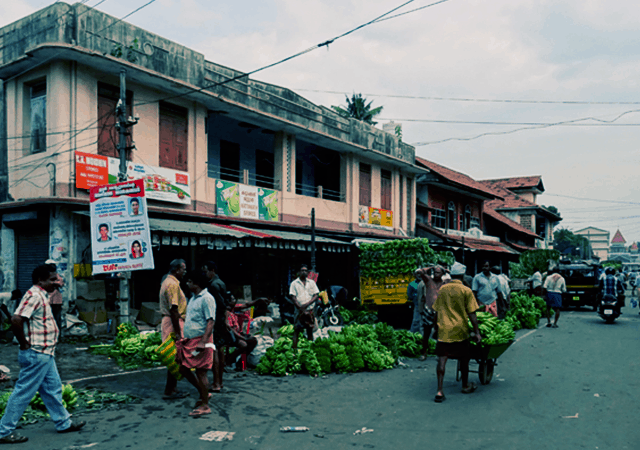
Image via muzirisheritage.org
The Kottapuram market is a trade center where foreign influences and native styles co-exist peacefully. Through the Muziris heritage project, Kottappuram market has been able to relive its glorious past, and the place has been teeming with tourists who get totally mesmerized by the different wares on display.
Pattanam
Pattanam is a famous ancient village located near North Parur, (about 2 kilometres away). Excavations were conduced on the land and treasures of a long lost land were eventually discovered.
It is said that a group of local boys were tinkering in the sands when they discovered pot shards, glass beads and other items that pointed to wars raged in the area. Excavations were started in full swing and a plethora of material was collected at the site.
It is also interesting to note that the village known as Pattanam is the same ancient village mentioned in the early Tamil and Roman literature. But Pattanam is, indeed, a piece of magnificent history because, if records are to be believed, the village conducted trade with 20 different countries.
Jewish Synagogue
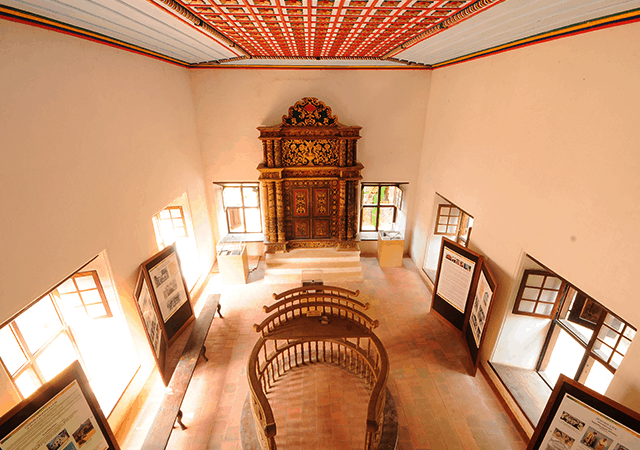
Jews came to Chendamangalam (Ernakulam district) from Kodungallur (Thrissur district) in 1420 and built the synagogue here. The place of worship was destroyed in a fire and rebuilt later in 1614, after which it went through several renovations during different ages.
The synagogue displays the perfect slice of life of the Jews of Kerala; their rituals, beliefs and lifestyles. It has beautiful stone pillars with stone carvings on them, wooden planks on the roof and a prayer room with an elevated platform for Torah reading. The Jewish Synagogue is an architectural marvel and a must visit destination of Kerala that displays the rich glory and traditions of the Jewish culture.
Kottappuram Fort
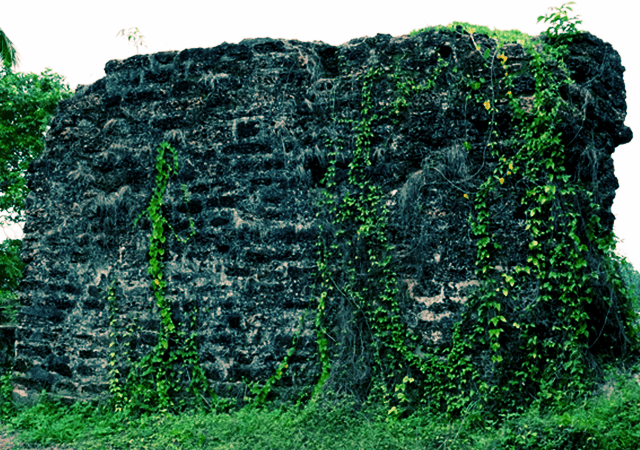
Image via muzirisheritage.org
The Kottapuram Fort was built in 1523 by the Portuguese, captured and destroyed by the Dutch in 1663. It was the bone of contention among many rulers who wanted to purchase the fort because of its strategic positioning over the river.
Cheraman Parambu
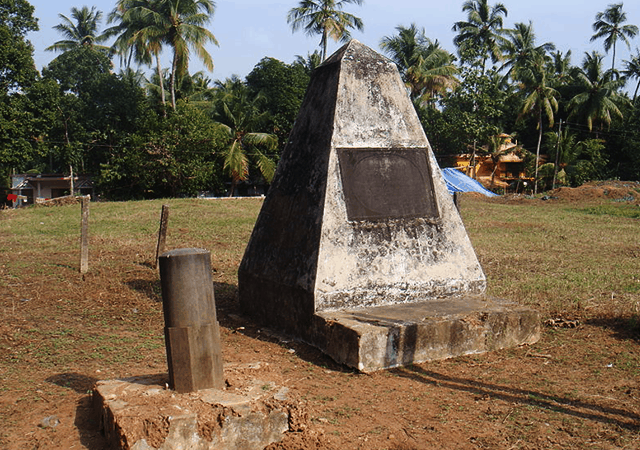
Image by via Wikimedia
While on a tour of Muziris, don’t forget to visit the famed Cheraman Parambu with its rich collection of protected monuments. Other noted exhibits include various kinds of bangles and beads, copper and iron implements among several others. These artifacts are believed to belong to the Cheraman kings during the Chera dynasty.
Worth noting is the plethora of shivlings that were unearthed in the area.
Marthoma Smruthi Tharangam
Marthoma Smruthi Tharangam is a church dedicated to the life of St. Thomas. Located along the banks of River Periyar and about six kilometers from Azhikode village in Kodungalloor, the church is one of the seven churches established by St. Thomas.
Cheraman Juma Masjid
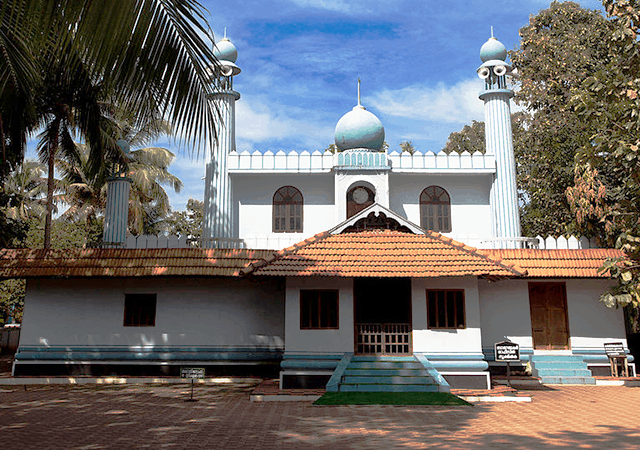
Image by Shahinmusthafa via Wikimedia
The Cheraman Juma Masjid is also noted for its religious harmony, because many non-Muslims come here to perform “vidyarambham” for their children. According to the oral tradition of the mosque, it is believed that Cheraman Perumal met with the Prophet when he visited Arabia, and got converted to Islam. He sent letters to his relatives through Malik Ibn Dinar and it was he who built the mosque in 629 AD.
Vypeen kotta Seminary
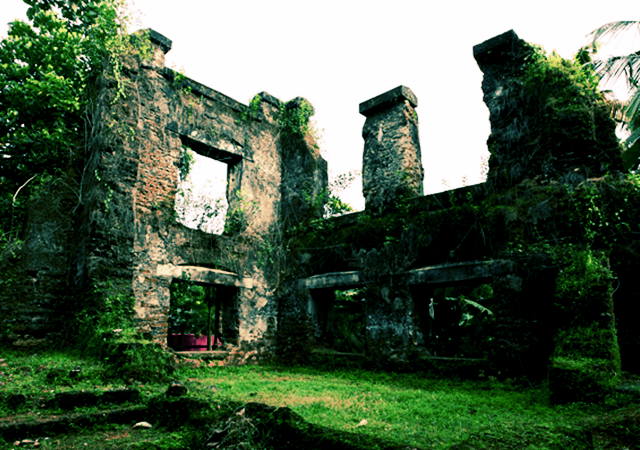
Image via muzirisheritage.org
Vypeen kotta Seminary was built by the Portuguese and is still one of the most noted historical monuments in the India. Adjacent to the seminary lies the Holy Cross church, also worth a visit. In 1935 the Department of Archaeology, Government of Kerala, proclaimed the seminary to be a protected monument.
Paliam Palace
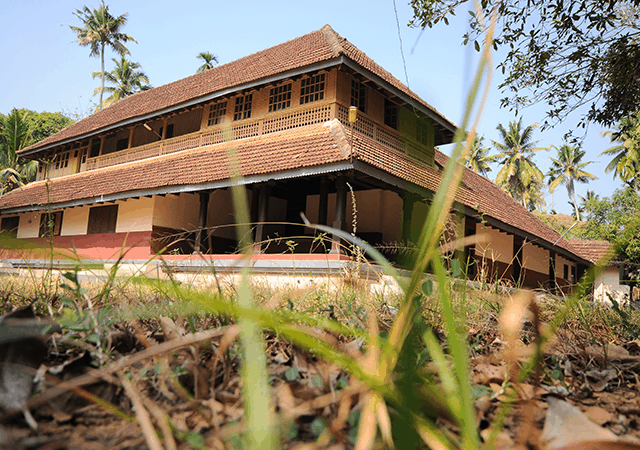
The Paliath Achans or the Prime Ministers of the Cochin kings lived in the Paliam Palace, or rather, their women and children lived there.
The palace itself is 450 years old and boasts of a rich architectural splendor with intricate carved wooden staircases, thick walls and magnificent balustrades. The palace boasts of a rich Dutch influence as they built it for the Paliath Achans, as gift for the latter’s services.
Kizhthali Siva Temple
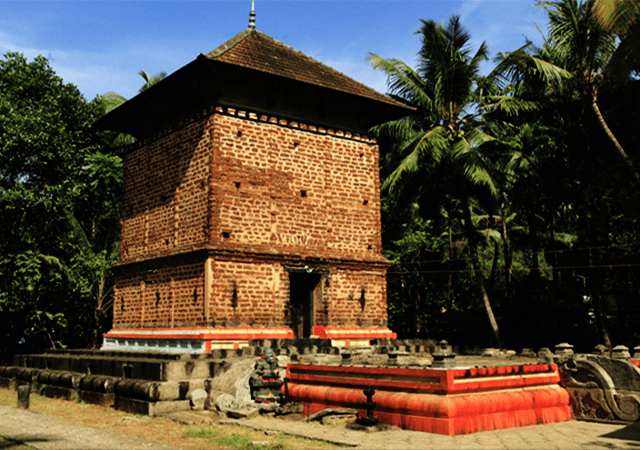
Image via muzirisheritage.org
Kizhthali Siva Temple is a temple that belonged to the Cheraman period. Though the temple doesn’t have any of its lost glory presently, as it was destroyed first by the Portuguese and then Dutch, you can still see traces of Koothu Parambu, a Kalari Parambu and a Kalapura Parambu.
Kerala is rich in its own passionate way and a place that constantly springs surprises for the curious traveler. If you are on a visit to Ernakulam, make it a point to visit Muziris. It would definitely give you rich insights into the mysteries that the land holds in its bosom.
If you like this post, please share!!


